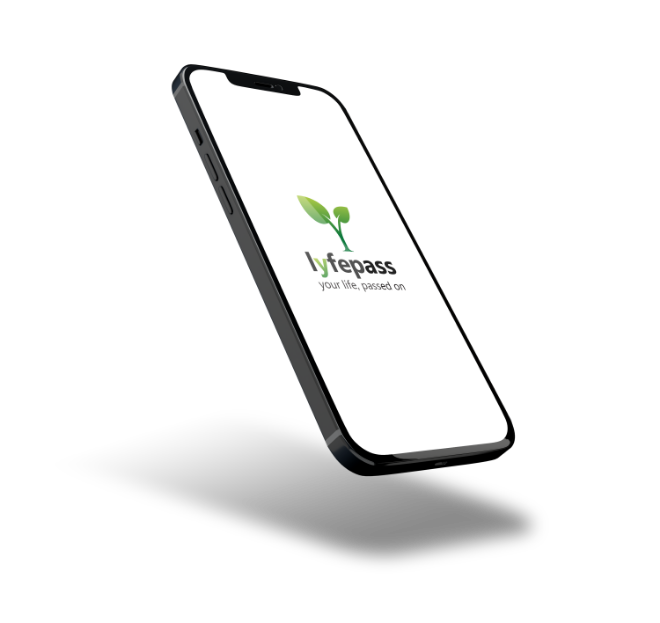

The family tree application simplifies family history management by creating interactive trees, uploading memories, and connecting with relatives via social media. It also provides timely reminders about important events.
The app offers an interactive tree builder that simplifies the process of creating family trees by allowing users to easily add and visualize family connections.
Users can create and manage various media types like photos, videos, and documents, offering a more immersive experience than traditional text-based family trees.
The app simplifies family connections by allowing users to invite relatives via social media and import profiles, enriching the family tree with existing data.
LyfePass is an interactive family tree app that connects relatives, shares memories, and manages family history events.

The text suggests searching for family members and media by tags, dates, or relationships, and filtering them for easy access.
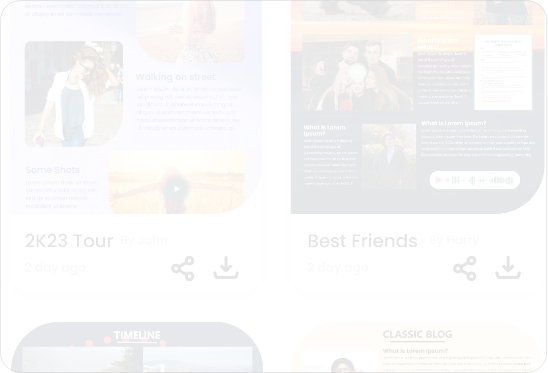
The task involves uploading and organizing multimedia content such as photos, videos, and documents, creating albums, and tagging family members in media.
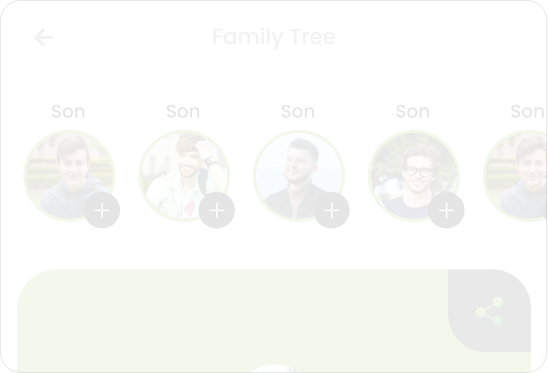
Utilize social media platforms to invite family members and import profiles for easy family tree building.
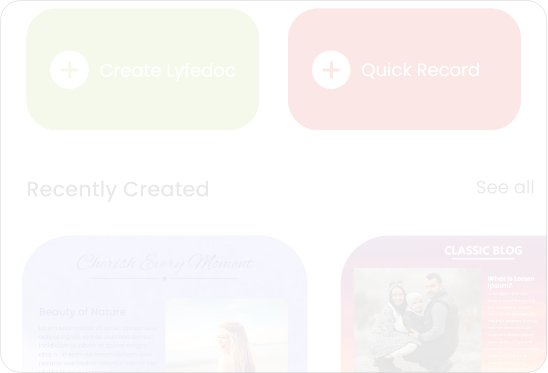
Customize notification preferences for various events and media updates, and adjust family tree views (ancestor view, descendant view).
The steps taken from the preliminary development considerations to the final release of the app.
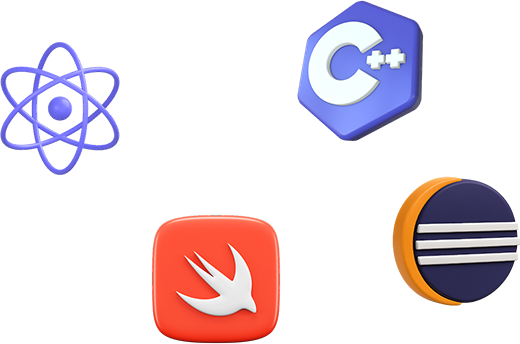
A brief overview of the target audience, their needs, and how the product is tailored to solve their specific problems or improve their daily experience.
An outline of the strategic and technical decisions made during development—platform selection, architecture, tools, and methodologies that shaped the foundation of the app.
A deep dive into the visual and user experience design—color schemes, branding, UI components, and how the design was crafted to be intuitive, engaging, and aligned with user behavior.
Details on how complexity was reduced in both user flows and functionality—ensuring ease of use, smooth navigation, and minimal learning curve across all user types.
Insights into the testing phase—how the app was tested with users, what feedback was collected, how bugs were resolved, and how usability improvements were made based on real user input.
An explanation of the systems or features used to monitor app performance, user behavior, and data insights post-launch—helping stakeholders track success and usage trends.
Describes the delivery process—how documentation, admin tools, or training were provided to clients or stakeholders, ensuring a smooth transition and operational readiness.
A section dedicated to the app’s future roadmap—plans for updates, new features, continuous feedback loops, and the long-term vision for evolving the platform.
Showcases the app’s unique selling points and differentiators—what makes it memorable, competitive, and valuable in its industry or market.
1
Who’s It For2
Choosing How to Build3
Designing the Look4
Making it Simple5
Testing & Feedback6
Keeping Track7
Handing Over8
Always Improving9
Helping It Stand OutPartner with CMOLDs and turn your app idea into reality with expert app developers and designers on deck!